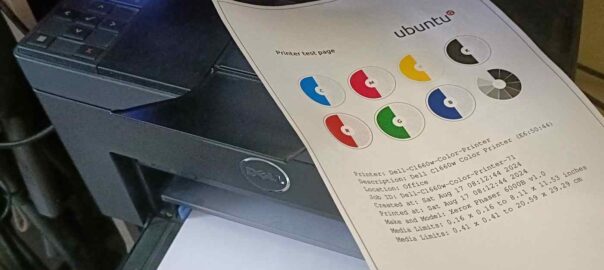I just experienced a strange behaviour with the named ThinkBook’s, that affects G13 G4 books and similar devices. After an upgrade of “Elevoc AudioProcessingObject” to (in my case) 4.0.5.199 via Windows Update, the microphone just stopped working.
After finding a thread on reddit about this, I installed the latest 5.0.5.238, which also did not work. Scrolling through the thread revealed that a user had this exact problem even with the latest 5.0.5.238 version. Installing 5.0.5.234 manually via device manager fixed the problem immediately, even without a restart.
https://catalog.update.microsoft.com/Search.aspx?q=Elevoc
Shows the available packages as .cab. They can be extracted manually and then installed via the device manager. Downgrade works by uninstalling or downgrading to a previous version, then rolling forward as much as needed.
